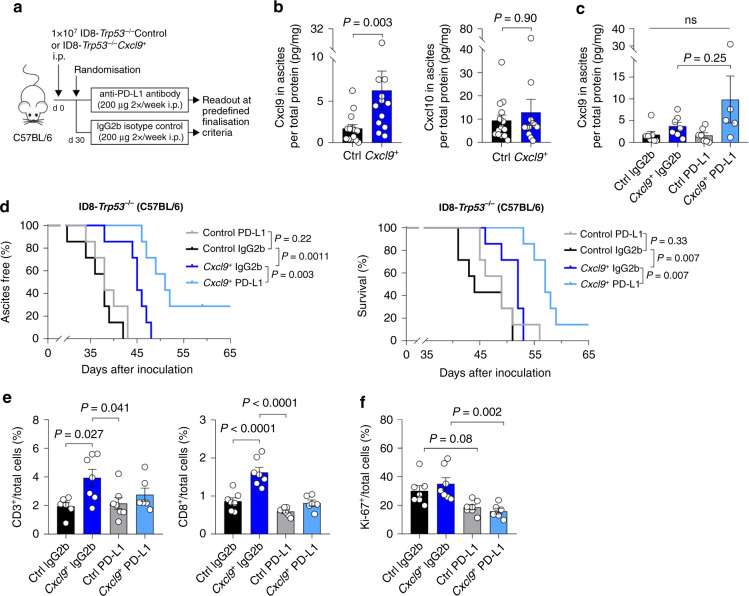Fig. 2. Cxcl9 overexpression enables functional immune checkpoint blockade in ID8-Trp53−/− tumour-bearing mice.
a Experimental setup used in (b–f): C57BL/6 mice were intraperitoneally injected with 1 × 107 ID8-Trp53−/−Control (Ctrl) or ID8-Trp53−/−Cxcl9+ (Cxcl9+) cells and treated with 200 µg anti-PD-L1 antibody or corresponding IgG2b isotype control. b, c Soluble Cxcl9 or Cxcl10 in murine ascites of groups listed under section (d) was quantified by ELISA and normalised to total protein. d Kaplan–Meier plots with time to ascites formation (left) and overall survival (right) of anti-PD-L1 or IgG2b-treated groups stratified by Cxcl9 overexpression in the ID8-Trp53−/− model (n = 7 in each group). e, f Digital analysis of immunohistochemically detected immune cell population markers (CD3, CD8, Foxp3) and Ki-67-positive tumour cells within the tumour microenvironment. Each dot indicates the data of one individual mouse. Bars represent mean ± SEM.

